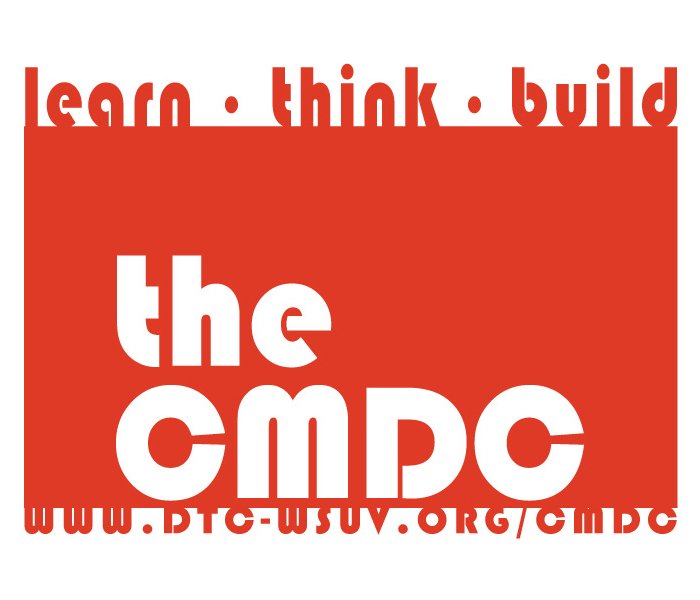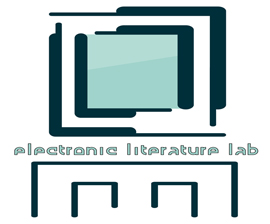Interdisciplinarity

What It Means To Us to be an Interdisciplinary Program
Our faculty are trained in a wide range of disciplines, from Media Art, Digital Humanities, Media Studies, Media Communication, and Information Systems. Their degrees cover Humanities, Rhetoric & Linguistics, Video and Film, Animation, Robotics, Communication, Library Science, Creative Writing, and Computer Science. What we all share is a born digital sensibility and a keen focus on interdisciplinarity. We articulate our philosophy through these Ten Guiding Principles:
- 1. A computer is not a tool or prosthesis that helps us to accomplish something; rather, it is the medium in which we work. (Oliver Grau, MediaArtHistories, 2007)
- 2. Text is any form of information by which we communicate an idea, feeling, or concept. (Mats Dahlstrom, “When Is a Text Text?,” 2002)
- 3. The medium affects the message. (Marshall McLuhan, The Medium Is the Massage, 1967)
- 4. Digital media are material texts. (N. Katherine Hayles, Writing Machines, 2002)
- 5. The artifact of new media is just as important as the process it took to produce it. (Jan Van Looy & Jan Baetens, Close Reading New Media, 2003)
- 6. Making is not separate from thinking. (Stephano Vannotti, “Let Us Do What We Do Best: But How Can We Produce Knowledge by Designing Interfaces?,” 2008)
- 7. The design of information is a conversation about ideas––not about persuading people to do things. (Robert Jacobson, “Information Design,” 2000)
- 8. Criticism of digital media should be specific to digital media and relies on the sensory modalities of the body for that critique rather than abstract ideas or theories. (N. Katherine Hayles, Writing Machines, 2002)
- 9. Digital media involves an interdisciplinary/transdisciplinary study of art, science, and technology (Edward Shanken, Telematic Embrace, 2003) & the Humanities
- 10. The hallmark of a digital scholarship is “collegiality,” “openness,” and “collaboration” (Tom Scheinfeldt, “Why Digital Humanities Is Nice,” 2012)
- 11. Risk and failure are necessary components of innovation and positive change. (Burdick et al, Digital _Humanities, 2013)
To put these concepts into perspective, it means that courses taught in a program that embraces them will involve hands on experiences for its students (#1) with emphasis not only on visual communications but also aural as well as gestural, etc. (#2).
Students in such courses would be taught that moving print information to a website, for example, requires more than cutting and pasting text to the new environment but rather a careful consideration of the affordances the new medium makes available that the old one does not (#3).
It also suggests that what students create is “real” and potentially can impact, in important ways, the society in which they live despite the objects “virtuality” (#4)–– and because this potential does exist, creating media objects requires a strong ethical base from which to create. It also means that a successful completion of a media object is greatly influenced by the viability and usability of the object itself, as well as its aesthetic quality (#5).
Thus, students learn that critical thinking and problem-solving sit at the foundation of everything they make (#6) and that the object may have many important uses, and so is not created solely to lead others into a particular action or to embrace a particular idea (#7).
Students also learn to embody their work and to make sense of it through their own experiences, as well as those others may have experienced it (#8).
Because each individual brings to the classroom unique backgrounds and training as well as personal interactions with information, it is understood that knowledge of multiple disciplines and teaching methods are needed to be implemented in the classroom of a digital media course (#9). And because so much of the work produced requires teamwork, those involved in the theory and production of digital objects work together in a manner that is collegial and open (#10).
Explore this website—featured in the CMDC Student Gallery—made by one of our students!

 Multimedia Classroom
Multimedia Classroom MakerSpace
MakerSpace Electronic Literature Lab
Electronic Literature Lab MOVE Lab
MOVE Lab

